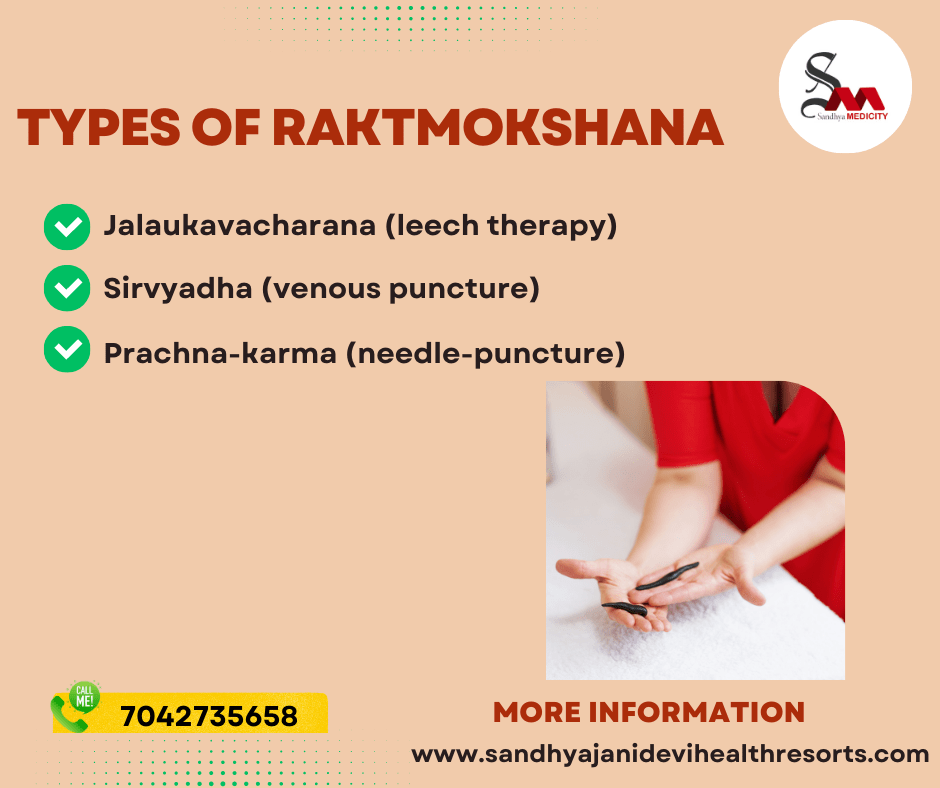We have an interesting topic to discuss: Can exercise Heart Damage Treatments? Join us as we delve deeper into the fascinating world of cardiorespiratory fitness and its effects on the heart. Let’s understand what heart damage really means and why it is a significant concern for many individuals.
Heart damage, medically known as myocardial infarction or commonly called heart attack, occurs when a part of the heart muscle does not get enough blood flow, causing that part to die. or permanently damaged.
This damage is usually caused by a blockage in one or more coronary arteries, which interrupts the oxygen supply to the tissue. It is a condition that affects millions of people worldwide and often requires medical intervention to manage. However, recent studies have shown promising results regarding the ability of exercise to repair heart damage. So, can exercise really make a difference?
Understanding the heart muscle – Heart Damage Treatments
Heart Damage Treatments – To understand the concept of repairing heart damage, we must first understand the fascinating structure and function of heart muscle. The heart is a wonderful structure that tirelessly pumps blood throughout our bodies.
Its walls contain specialized muscle cells, known as cardiomyocytes, which work in harmony to ensure optimal blood circulation. However, cardiomyocytes have a limited capacity to regenerate, making cardiac damage a serious concern.

Exercise and cardiac repair mechanisms
Scientific research highlights that exercise has the ability to activate various cardiovascular repair mechanisms. First and foremost, regular exercise increases the heart’s ability to deliver oxygen-rich blood to various tissues, including damaged areas.
This increased blood flow helps supply the nutrients and oxygen needed for the heart’s natural healing processes. Additionally, exercise promotes the release of growth factors that stimulate angiogenesis, form new blood vessels, and aid in Heart Damage Treatments.
Inflammation and cell death
When discussing heart damage, it is important to note the role of inflammation and cell death in the healing process. Interestingly, exercise appears to have a positive effect on these factors.
Moderate exercise has an anti-inflammatory effect, reducing levels of inflammatory markers associated with heart damage. By reducing inflammation, exercise helps create a favorable environment for the heart muscle to recover
. In addition, regular physical activity has been shown to decrease cardiac cell death, thereby reducing the extent of damage after a heart attack.
Role of stem cells
Stem cells, known for their remarkable regenerative properties, have long been the subject of scientific interest when it comes to heart repair. Exercise has been found to mobilize and activate certain types of stem cells, such as mesenchymal stem cells, which are important for tissue repair.
These stem cells have the potential to differentiate into new cardiomyocytes and support the regeneration process in damaged areas. Therefore, exercise acts as a catalyst, facilitating the recruitment and use of these powerful healing cells.
conclusion
While exercise cannot completely reverse heart damage, scientific evidence strongly suggests that it can play an important role in the recovery process. Exercise increases blood flow, promotes angiogenesis, reduces inflammation, reduces cell death, and activates stem cells—all important aspects of heart repair.


